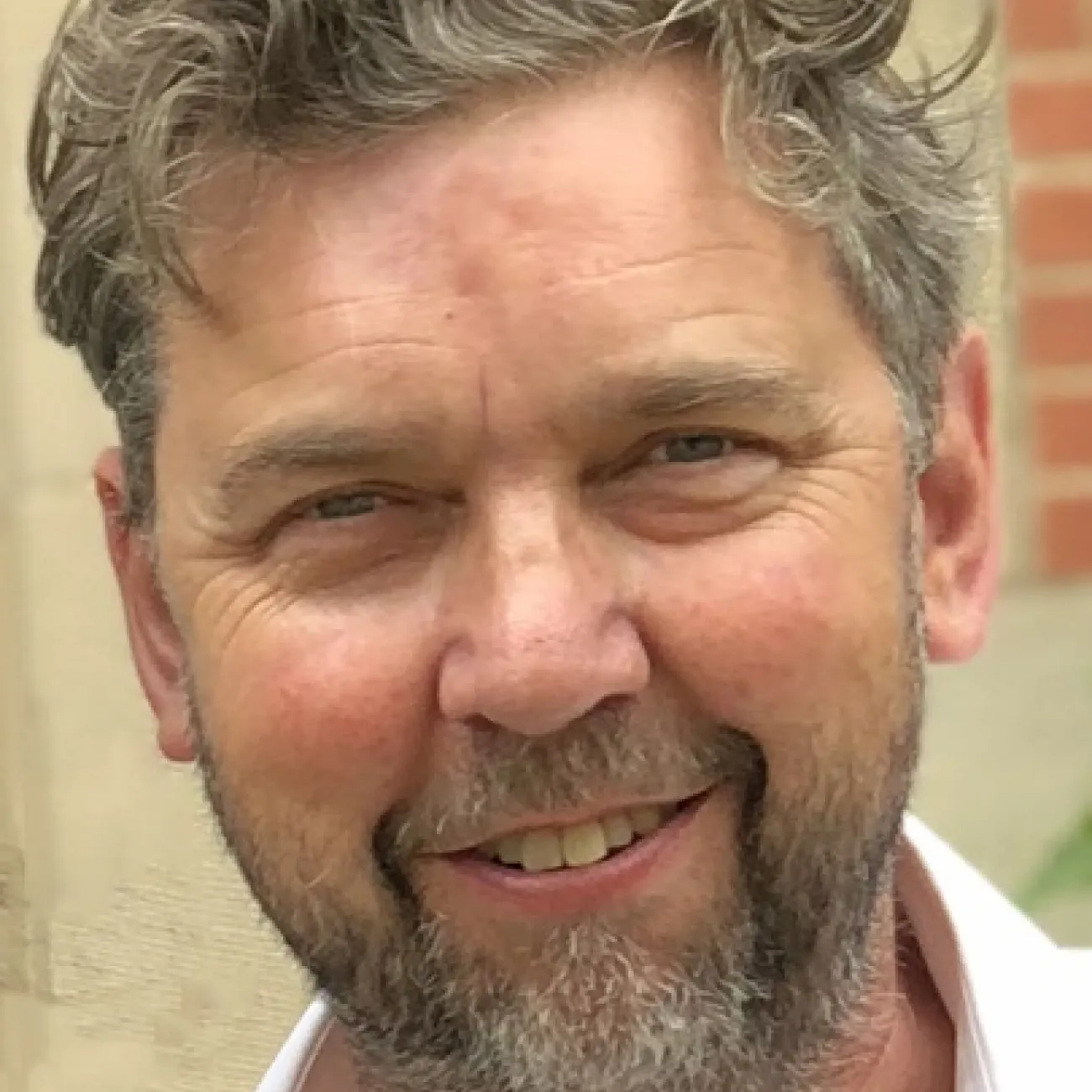About
John Gillett is Programme Leader for Fine Art at Winchester School of Art.
I was trained as a curator by the Arts Council of Great Britain to pursue the most telling deployment of art exhibits and to engage audiences. With these ends in view, I also became a publication designer, concerned with the precise organisation of the book-form specifically in order to articulate collateral exhibit information. As an artist, I make and do to better understand visual practice and explain it, and I have long been exercised by the incorporation of explanation within practice and its outputs. I believe it is part of our role to enfold our work in mechanisms of engagement and debate.
Art is the transformation of objects and materials, broadly defined, at the service of ideas, and without precondition. Accomplishing the transformations involved is principally a matter of decision-making. For me, therefore, the outstanding questions are: where do ideas come from, and how are decisions at their service made? Ideas, it seems, are produced by processes built upon knowledge of context, trained observation, ambition, and alertness to opportunity. And decisions are the results of reflection, a dialogue with materials, thinking through making, and a pragmatic approach to ambition. When I make a piece of work, it is with a view to refining these perceptions.
I work with performance-based video, painted collage, the book-form, and computer-controlled animation, and I write.
You can update this in Pure (opens in a new tab). Select ‘Edit profile’. Under the heading and then ‘Curriculum and research description’, select ‘Add profile information’. In the dropdown menu, select - ‘About’.
Write about yourself in the third person. Aim for 100 to 150 words covering the main points about who you are and what you currently do. Clear, simple language is best. You can include specialist or technical terms.
You’ll be able to add details about your research, publications, career and academic history to other sections of your staff profile.
